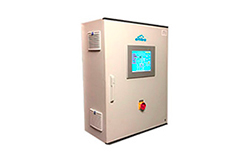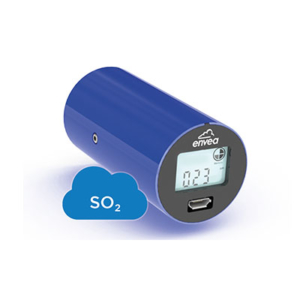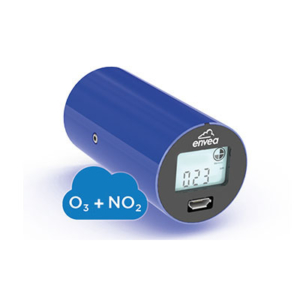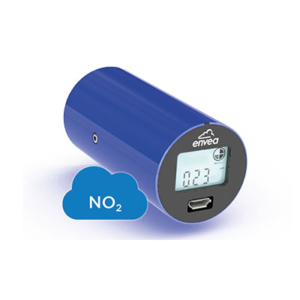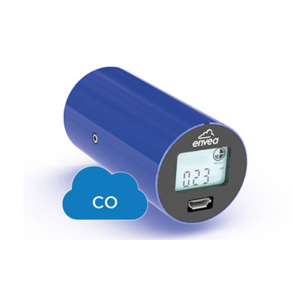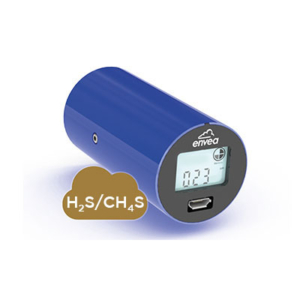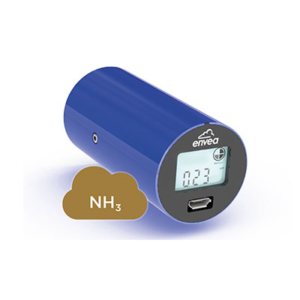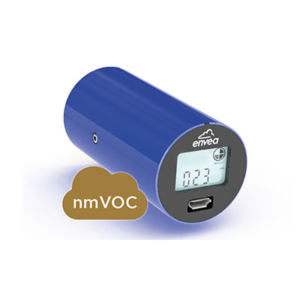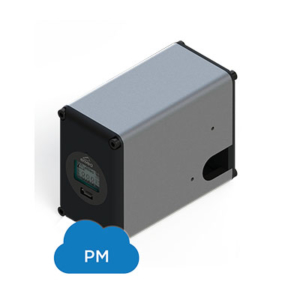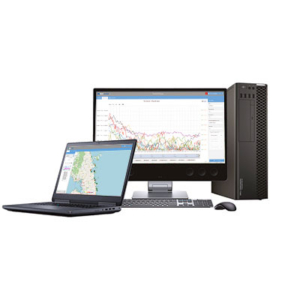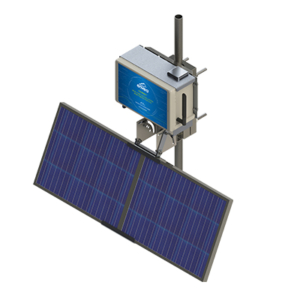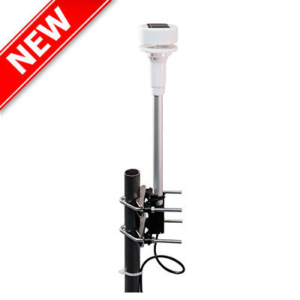Monitoramento da qualidade do ar
Soluções baseadas em microssensores
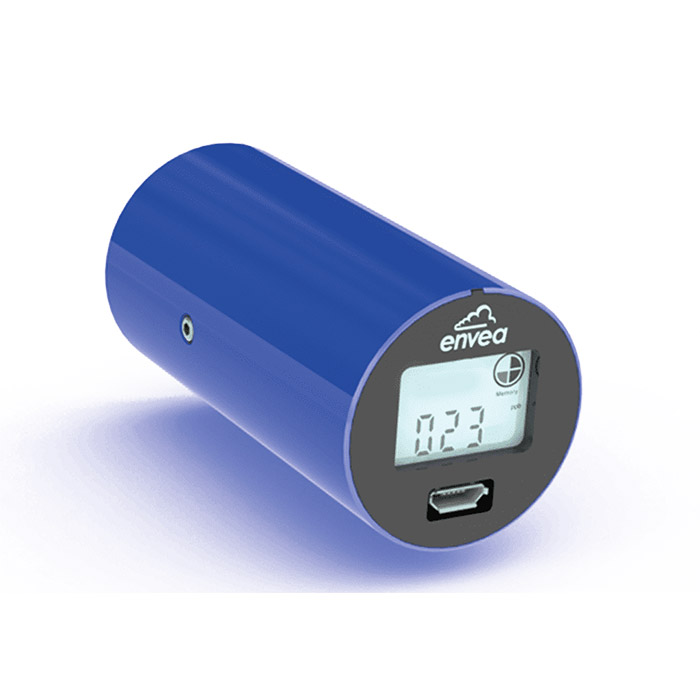
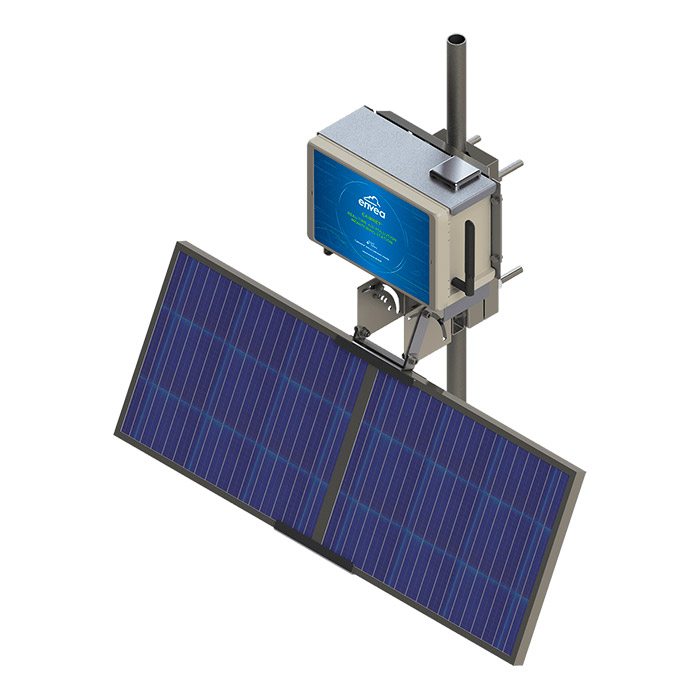
Downloads
Cairnet® product range
Cairnet® mini-stations
Cairnet® DATA+ mini-stations
Cairsens® micro-sensors
Cairsoft® software
Cairnet® mini-station
Which air pollutants are monitored by Cairnet® ? (Please give all possible pollutants and minimum configuration).
- H2S/CH4S, NH3, nmVOC, O3 + NO2, NO2, CO, SO2, PM10, PM2.5 & PM1.
Is Cairnet® a modular unit (possibility to add new sensors)?
How is Cairnet® station powered? Is it autonomous?
The autonomous operation is available by using rechargeable battery (included with Cairnet®) and the solar panels.
Can I activate Cairnet® by myself or do I need to contact the technical support? And what do I need for that?
Is Cairnet® station / network Plug & Play?
Is Cairnet® easy to install? What is the estimated effort in terms of manhours (if not performed by manufacturer)?
What is the lifetime of a Cairnet® mini-station?
What type of maintenance or intervention is needed within 5 years?
Is replacement of the sensors embedded into the Cairnet® required? What is the recommended frequency?
How do I replace Cairsens® sensor inside Cairnet®?
They will be included in a recycling program.
Is there any other intervention needed (f.e. quality check, calibration, or co-location…)? If so, how often?
Cairsens® are manufactured in France by ENVEA and calibrated in our metrological laboratory using Standard Reference AQMS monitors. Every sensor shipped includes a calibration certificate. No maintenance nor recalibration is needed within the 1-year warranty period.
What type of communication protocol is used by Cairnet® station?
Are the data lost if the operator telephone signal is not accurate or down for a short period of time?
Firstly, in the Cairsens® itself. Data are saved in the micro-sensor and are accessible via Cairsoft. Secondly, when the cellular communication becomes available again, Cairnet® will automatically resend up to 3 days’s data that was not sent during the signal outage. Data are therefore available in Caircloud®.
What is the cost of one autonomous Cairnet® station?
What is the estimated average operational cost (replacement parts, manhours) for 1 year of operation?
Caircloud® – Data Acquisition and Handling
Are data transferred in real-time to a database?
Do I have to renew the Caircloud® subscription every year?
What is the maximum number of Cairnet® that can be associated in a network and linked to Caircloud®?
Can data be visualized or accessed by the user?
Is data privacy guaranteed?
Can data from the Caircloud® be transferred to a local or private database?
Can data from Cairnet® station be transferred to a local or private database?
Are raw data available?
FAQ Cairsens® micro-sensors
Can Cairsens® be used as standalone and how?
Example of an “always-on” type Power Bank available on the market:
Other models, available directly from the manufacturer, can offer last up to 50 days in continuous operation: https://voltaicsystems.com/battery-packs
- Model V75 USB Battery Pack 50 day’s autonomy
- V50 USB Battery Pack 30 day’s autonomy
What is the power consumption of Cairsens®?
What is the lifetime of the Cairsens®?
What shall I do when I receive the Cairsens®? Is commissioning easy to perform?
Please follow the instructions in the operating instructions manual.
Upon reception of Cairsens®, we installed it in the office, then we observed that the measurement level was quite high (more than 150 ppb). Can you explain us why?
- The power connection is not working
- Potential obturation of the inlet airflow
- When used for the 1st time, the sensor needs 24h operation before using the data. Please follow the instructions in the operating instructions manual.
When we download Cairsens® data with Cairsoft software, we are seeing two tabs with temperature and humidity but no values. Can the sensor measure temperature and humidity?
What is the lifetime of the different components of Cairsens® housing?
Is replacement of the sensors required? What is the recommended frequency?
The sensor displays 0 permanently, why?
- The power level of the external battery might be low.
- The sensor doesn’t detect any pollutant, check and move the sensor to another measuring area.
- The measuring cell no longer reacts: Contact technical support.
Downloaded values (stored in Cairsens® memory) are different from those displayed on the screen, why?
How is calculated the 1-minute average?
What happens when time interval is changed from 1 to 15 minutes and vice versa?
What is the maximum measurement period that Cairsens® can save? What happens when the memory is full, does the Cairsens® keep measuring?
What is the conversion factor for the O3 + NO2 sensor to go from ppb to µg/m3?
Does the sensor continue to measure while connected to its power supply?
What parameters can I measure?
Does one Cairsens® measure all parameters?
What is the sensor technology used?
How can I check or implement the calibration of the Cairsens®?
It is not a reference system and can’t be compared or assimilated to it. However, ENVEA’s main objective is to provide precise and reliable measurements of pollutants. That’s why Cairsens® are calibrated thanks to AQMS reference analyzers and with the same quality and the same production procedure as those applied to ENVEA’s instruments. Moreover, each Cairsens® micro-sensor comes with an individual calibration certificate.
That allows Cairsens® to be used upon reception (respecting the conditions of use described in the user manual). The micro-sensor can operate 1 year without any recalibration. After that period of time, it’s recommended to replace the Cairsens®.
How do Cairsens® address cross sensitivity?
What kind of correction is done on the sensors’ measurement?
If I perform a response check on the Cairsens® micro-sensor in the lab, how much % drift would be observed for the target gas?
Is there is any sensitivity adjustment for Cairsens® micro-sensor?
How can I conduct a response check for the Cairsens®?
In order to check the measurement of the Cairsens® individually, please download the verification prerequisites note.
Does the sensor lifetime influence the accuracy of the collected data?
What is the sensor threshold in terms of lifetime, so data are considered as valid?
Can the PM Cairsens® be used as a standalone in the same way as a Cairsens® measuring gaseous pollutants?
What are the compounds that could interfere with the SO2 sensor?
The identified compounds that could interfere are listed in the spec sheet.
What sensors are used for Cairsens® (type, manufacturer)?
What is the minimum time resolution?
Is the NO2 Cairsens® sensitive only to NO2 or can another compound interfere with the measurement (e.g.O3)?
Regarding the possible interference: we could mention CL2 and H2S. Please check the specification sheet for further details.
